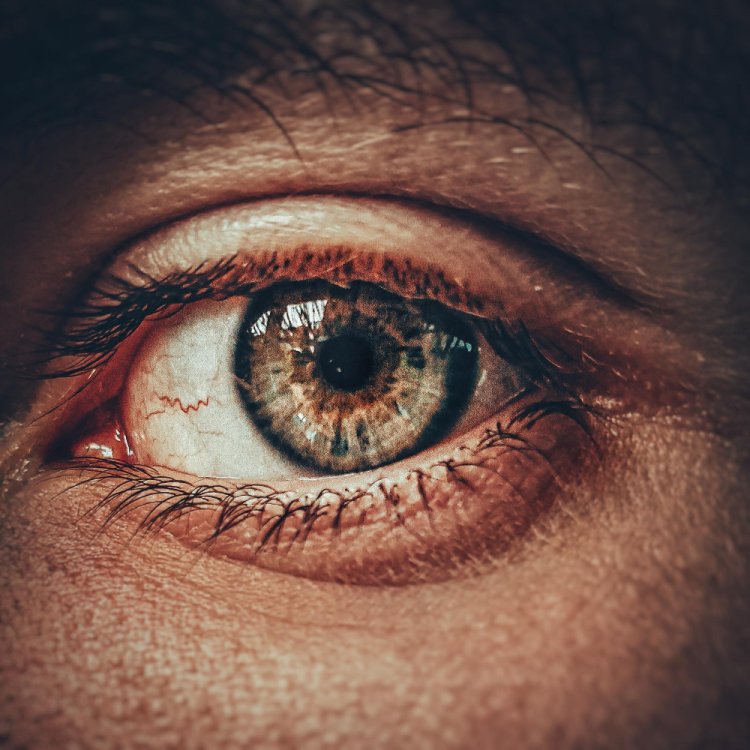Graves' Disease: Understanding the Pathophysiology, Clinical Manifestations, Diagnosis, and Treatment
Graves' disease, an autoimmune disorder affecting the thyroid gland, is characterized by hyperthyroidism, ophthalmopathy, and occasionally dermatopathy. It is the most common cause of hyperthyroidism in iodine-sufficient regions, with a prevalence of approximately 1-2% in women and a lower incidence in men. This article provides an in-depth exploration of the pathophysiology, clinical manifestations, diagnosis, and treatment options for Graves' disease.

Pathophysiology
Graves' disease results from the production of autoantibodies, primarily immunoglobulin G (IgG), which stimulate the thyroid-stimulating hormone (TSH) receptor on thyroid follicular cells. These autoantibodies, known as thyroid-stimulating immunoglobulins (TSIs) or thyroid-stimulating antibodies (TSAb), mimic the action of TSH, leading to unregulated thyroid hormone synthesis and secretion. The exact trigger for the autoimmune response in Graves' disease remains elusive, but genetic susceptibility, environmental factors, and molecular mimicry may contribute to its development.
Clinical Manifestations
Hyperthyroidism Symptoms:
- Weight loss despite increased appetite
- Palpitations, tachycardia, and arrhythmias
- Heat intolerance, sweating, and increased basal metabolic rate
- Tremors, nervousness, irritability, and anxiety
- Fatigue, muscle weakness, and proximal muscle wasting
- Insomnia and emotional lability
Ophthalmopathy (Thyroid Eye Disease):
- Proptosis (bulging eyes) due to orbital fat expansion and extraocular muscle inflammation
- Periorbital edema, conjunctival injection, and chemosis
- Ocular pain, diplopia (double vision), and restricted eye movements
- Corneal exposure leading to dryness, irritation, and potential ulceration
- Rarely, severe cases may progress to sight-threatening complications such as compressive optic neuropathy and corneal breakdown
Dermatological Manifestations:
- Pretibial myxedema: Localized thickening and non-pitting edema of the skin, typically over the shins, presenting as erythematous plaques or nodules
- Acropachy: Clubbing of the fingers and toes, often associated with digital swelling and periosteal new bone formation
Diagnosis
Diagnosing Graves' disease involves a comprehensive approach encompassing clinical evaluation, laboratory tests, and imaging studies. Key diagnostic modalities include:
- Thyroid Function Tests:
- Measurement of serum levels of thyroxine (T4), triiodothyronine (T3), and thyroid-stimulating hormone (TSH)
- Typically reveals elevated T4 and T3 levels with suppressed TSH in patients with Graves' hyperthyroidism
- Thyroid Autoantibodies:
- Detection of thyroid-stimulating immunoglobulins (TSIs) or thyroid peroxidase antibodies (TPOAbs) through serological assays
- Elevated TSIs are specific to Graves' disease and play a central role in its pathogenesis
- Radioactive Iodine Uptake (RAIU) Test:
- Evaluation of thyroid iodine uptake using radioactive iodine (iodine-131) to assess thyroid gland function and differentiation from other causes of hyperthyroidism
- Thyroid Imaging:
- Thyroid ultrasound to evaluate thyroid size, vascularity, and the presence of nodules or inflammation
- Thyroid scintigraphy with technetium-99m or iodine-123 to assess glandular function and distribution of iodine uptake
Treatment
Management of Graves' disease aims to achieve euthyroidism, alleviate symptoms, and prevent complications. Treatment modalities include:
- Antithyroid Drugs:
- Thionamides such as methimazole and propylthiouracil inhibit thyroid hormone synthesis by blocking thyroid peroxidase activity
- Propylthiouracil may be preferred in pregnancy due to its additional effects on peripheral conversion of T4 to T3
- Radioactive Iodine Therapy (RAI):
- Oral administration of radioactive iodine-131 to selectively ablate thyroid follicular cells and reduce hormone synthesis
- Commonly used as definitive therapy in adults, but caution is warranted in women of childbearing age and those with Graves' ophthalmopathy
- Thyroidectomy:
- Surgical removal of part (subtotal thyroidectomy) or all (total thyroidectomy) of the thyroid gland
- Reserved for patients who are intolerant or unresponsive to antithyroid drugs, have contraindications to RAI, or present with large goiters or compressive symptoms
- Symptomatic Management:
- Beta-blockers (e.g., propranolol) to alleviate adrenergic symptoms such as palpitations, tremors, and anxiety
- Lubricating eye drops, corticosteroids, orbital radiotherapy, or surgical interventions for Graves' ophthalmopathy based on disease severity and activity
Prognosis
With appropriate treatment and regular follow-up, the prognosis for Graves' disease is generally favorable. However, challenges may arise in achieving long-term remission, managing relapses, and addressing associated complications such as thyroid storm, osteoporosis, and cardiovascular morbidity. Multidisciplinary collaboration involving endocrinologists, ophthalmologists, and surgeons is essential to optimize clinical outcomes and enhance the quality of life for individuals affected by Graves' disease.
In conclusion, Graves' disease is a complex autoimmune disorder characterized by hyperthyroidism, ophthalmopathy, and dermatopathy. Understanding its pathophysiology, recognizing clinical manifestations, and employing appropriate diagnostic and therapeutic strategies are paramount in its management. By addressing the underlying autoimmune process, restoring thyroid function, and managing associated complications, healthcare providers can effectively improve outcomes and enhance the well-being of patients with Graves' disease.
#GravesDisease #Pathophysiology #ClinicalManifestations #Diagnosis #Treatment #Prognosis #HealthcareManagement #AutoimmuneDisorders #ThyroidHealth #MedicalKnowledge
Disclaimer:
The information provided in this article is for educational purposes only and should not be considered medical advice. If you have any health concerns or are experiencing symptoms, it is important to consult with a healthcare professional, such as a doctor or clinic, for proper diagnosis and treatment. Always seek the advice of your doctor or other qualified health provider with any questions you may have regarding a medical condition. Do not disregard professional medical advice or delay in seeking it because of something you have read in this article.
What's Your Reaction?





















